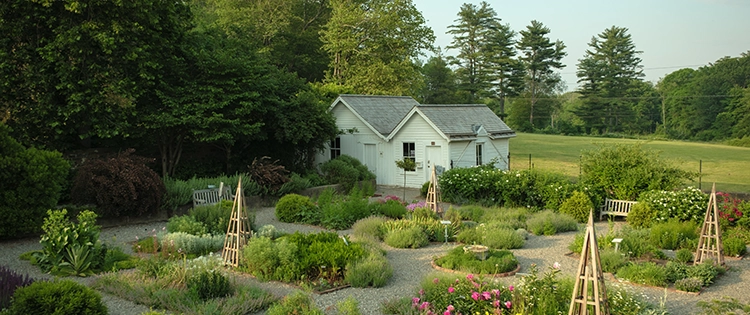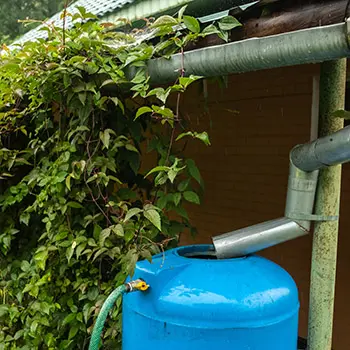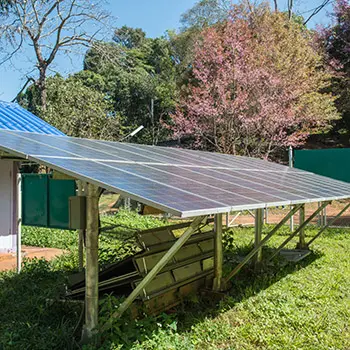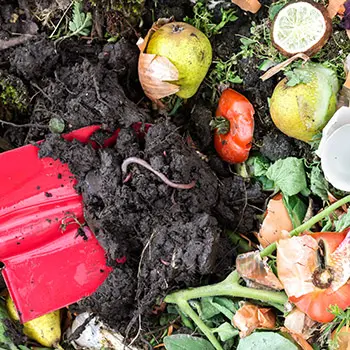Can you be self-sufficient without needing acres and acres of space?
When I started homesteading, I didn’t think much about being self-sufficient. However, whenever I decided to become self-sufficient, one thought kept recurring: I need a lot of space.
Thanks to my ancestors and fellow farmsteaders, I was proved wrong. They taught me that self-sufficiency isn’t about having vast lands. Instead, it is about passion and dedication to do the right practices in the available space.
In this article, I’ll share practical, tried, and tested steps for achieving self-sufficiency, no matter the size of your property. So, let’s dive in and discover how to make things work!
Food Production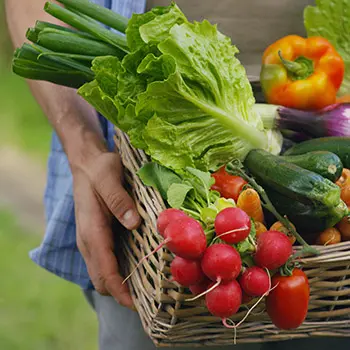
My journey towards self-sufficiency started right in my backyard with a vegetable garden. Despite having limited space, my choice of vegetables made the decision worthwhile. As a beginner, I took a gradual approach, focusing on mastering the art of self-sufficiency slowly.
I selected a suitable spot, understood the soil, and cultivated simple vegetables like tomatoes, lettuce, and radishes. In addition, I planted a few apple trees and maintained pots of basil and rosemary on my farmstead.
Now, if you have some extra space, you can increase the number of plants or trees. But if you are out of space, no worries—just a few vegetable patches can also do the work for you!
Livestock Options
When I first ventured into small-scale livestock for my homestead, chickens became my go-to choice. These feathered friends provided a consistent supply of fresh eggs. Moreover, chickens also proved to be low-maintenance, making them ideal for beginners like me.
Regarding meat production, I discovered that rabbits and goats were excellent choices. I advise starting with a few animals and gradually increasing the number as you become familiar with their living patterns.
Additionally, for homesteaders with limited space, rabbits are a practical choice. However, if you have ample space, goats can be the perfect addition to your homestead, offering meat, milk, and fiber.
Rainwater Harvesting
I started with a simple yet effective method—utilizing barrels to collect rainwater from roofs. This harvested rainwater has proven to be a versatile asset for various purposes around the property, including watering the garden, providing for livestock, and handling household chores.
What makes rainwater even more appealing is its cost-effectiveness. Personally, I only had to invest in the barrels, and beyond that, there was no additional financial commitment.
Related: Is It Legal To Harvest Rainwater In Your State?
Efficient Water Usage
Living in an area with minimal rainfall presents a unique challenge for water conservation. Over the years, I’ve implemented some smart irrigation practices that have proved beneficial, which include:
- Opting for a Drip Irrigation System: In areas with flower beds and shrubs, I found that using a drip irrigation system instead of a sprinkler significantly reduces water usage. This system delivers water directly to the base of plants, minimizing wastage and ensuring efficient water absorption.
- Embracing Smart Technology: I’ve embraced smart technology for managing irrigation on my farmstead. These automated systems have sensors that monitor soil moisture levels to adjust watering schedules accordingly. You don’t have to go overboard; there are plenty of convenient and cost-effective systems catering to various needs.
- Regular Inspection of Water Sources: I have made it mandatory to inspect water sources for leakages. Fixing these issues will ensure efficient water conversation and minimize potential wastage.
- Strategic Timing for Watering: To reduce water evaporation and promote effective absorption, I water my plants during the coolest parts of the day—early morning or late evening. By complying with this practice, you can maximize the benefits of irrigation and minimize water loss due to heat and sunlight.
Solar Power for Everyone
To gain independence from conventional energy options, I explored various renewable sources. Consequently, out of all the options, solar panels emerged as a practical solution for generating electricity on the farmstead.
The best part about solar-powered energy sources is that installing them isn’t a hassle, even with limited space. You can purchase them according to your space, and the impressive thing is that it is a budget-friendly choice that aligns with diverse energy needs.
One aspect that stood out for me was the long-term savings associated with solar energy. Despite the initial investment, reducing utility bills and potential government incentives significantly contribute to savings over time.
Related: 5 Solar-Powered Items That Actually Make Sense To Keep Handy
Alternative Energy Sources
Besides solar power, there are many other alternative green energy sources that you can rely on, including wind or micro-hydro power. In my experience, these options proved invaluable, providing additional surplus energy.
When considering the practicality and affordability, I suggest carefully assessing your specific location and energy requirements. This evaluation will help you understand which alternative sources align with the unique needs of your farmstead.
Honestly, I do not believe in shifting suddenly from one energy source to another, as it can be a bit challenging. A wise decision is to start small and gradually advance the infrastructure over time.
Waste Management and Composting
Living a sustainable life on a farmstead involves responsible waste management and efficient composting practices. Instead of throwing away leftover fruits and vegetables, as well as your peels, coffee grounds, and crushed eggshells, consider utilizing them as compost to enrich the soil in your garden. Starting a compost pile from kitchen scraps reduces waste and improves soil structure, fertility, and water retention.
So that was all about kitchen waste. What about our daily life waste? For that, focus on reducing waste at its source. For instance, you can opt for items with minimal packaging or choose products with biodegradable packaging.
What I’ve come to realize is that our individual choices as consumers play a pivotal role in waste reduction.
Related: 39 Items You Can Compost
OK, But How Much Land?
The amount of land needed to become self-sufficient depends on various factors including location, climate, soil fertility, the type of crops or livestock being raised, and the level of self-sufficiency desired.
For example, a medium to larger family aiming for basic self-sufficiency in a temperate climate might require around 1-5 acres of land for a combination of vegetable gardens, fruit trees, and possibly some small livestock such as chickens or goats. This could provide enough food to meet their needs throughout the year.
However, for more extensive self-sufficiency or to support larger-scale livestock farming, the land requirements would increase significantly. Additionally, factors such as access to water sources, infrastructure for food preservation, and skills in food production and preservation play a crucial role in determining the amount of land needed.
It’s also worth noting that advancements in techniques such as permaculture, aquaponics, and vertical farming can allow for higher yields in smaller spaces, potentially reducing the amount of land required for self-sufficiency. Ultimately, the specific needs and circumstances of the individual or family pursuing self-sufficiency will dictate the amount of land necessary.
Everyone can gradually build a self-sufficient lifestyle by prioritizing the essentials, whether it’s cultivating food, sustaining water, attaining energy independence, or managing waste.
If you’re considering this path or have already embarked on it, remember that every effort counts. Whether growing your own vegetables, harvesting rainwater, or composting kitchen scraps, each action contributes to a more self-resilient lifestyle.
Happy homesteading!
You may also like:
Native American Tips for Living Off the Land
Similar to Morphine: The Best Natural Painkiller that Grows in Your Backyard (Video)
Cut Down On Your Bills In 2024 With These Amish Projects
How To Plan Your Vegetable Garden for This Spring
15 Things You Should Teach Your Children That Can Save Their Lives

